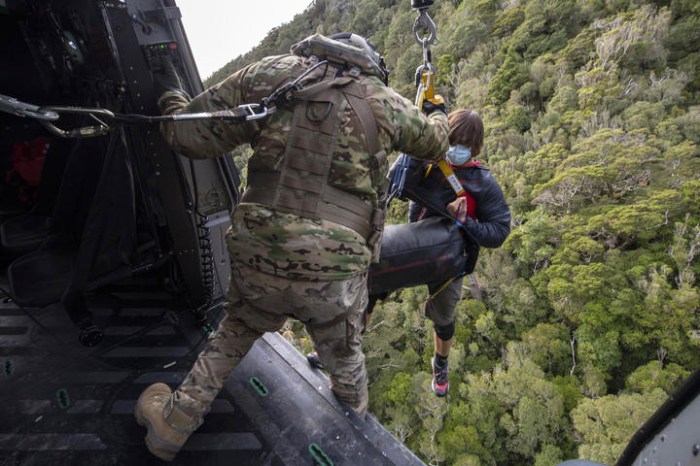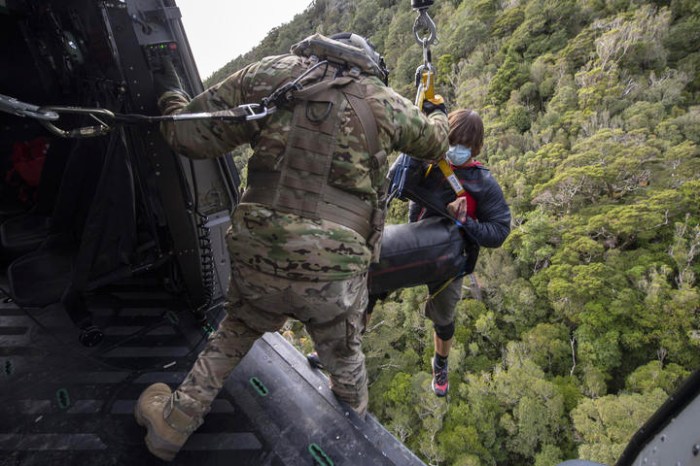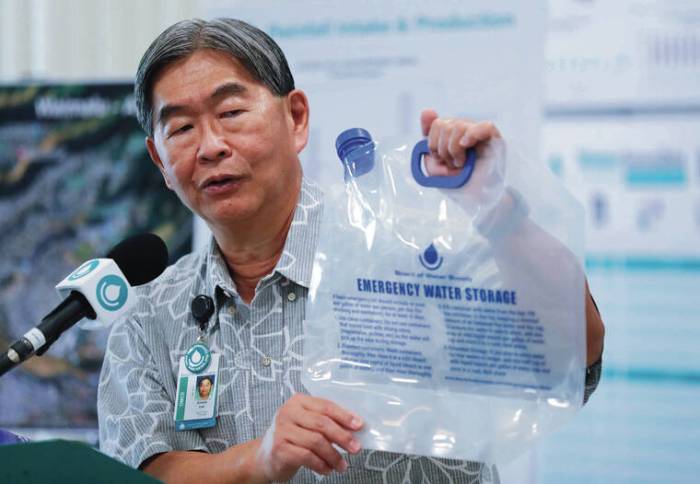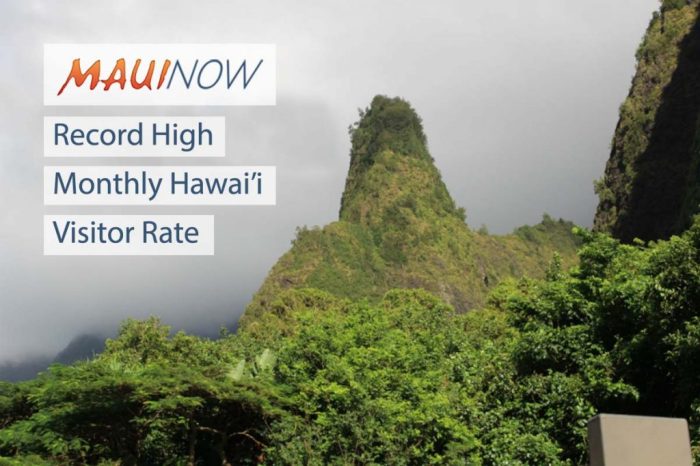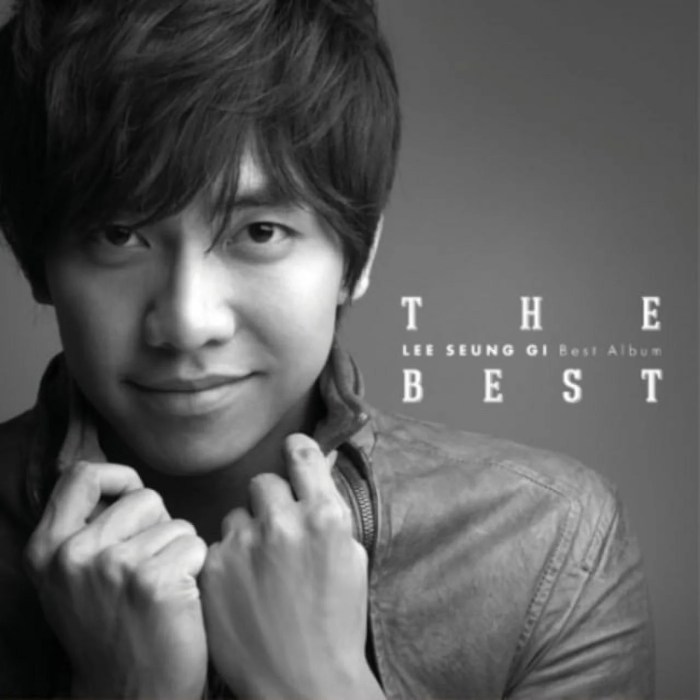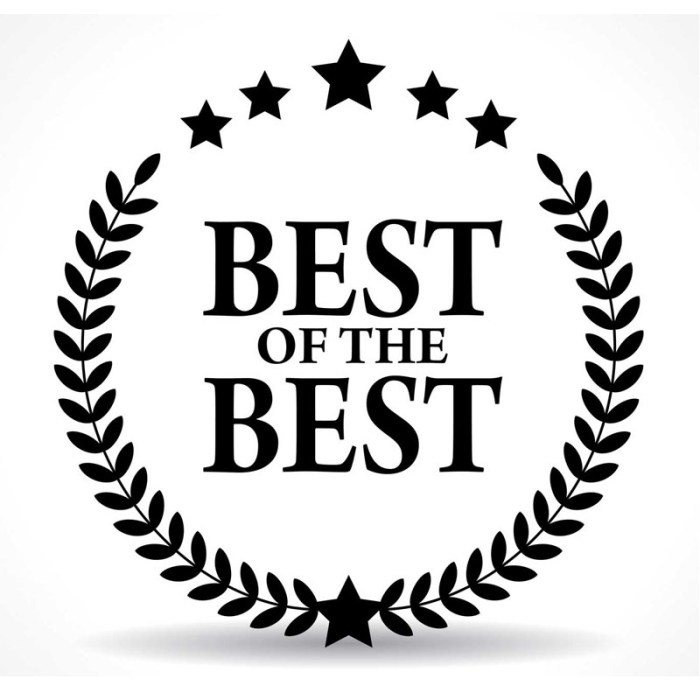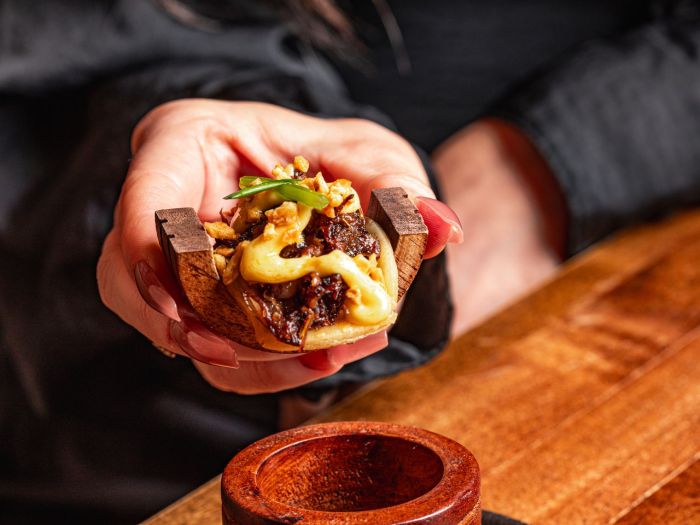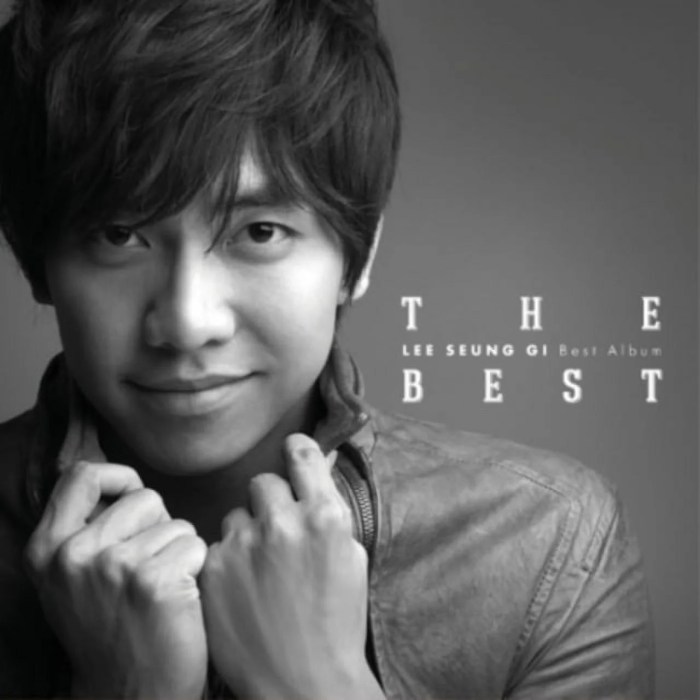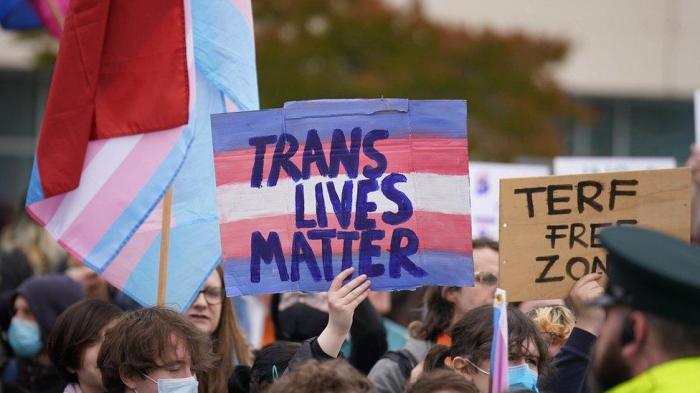Best paddle boards for beginners are crucial for a smooth and enjoyable start. This guide dives deep into the world of paddleboarding, equipping you with the knowledge to choose the ideal board for your needs and skill level. We’ll explore different types, features, and essential considerations to help you find the perfect match.
From inflatable boards perfect for beginners to hard boards for more experienced paddlers, we’ll examine the key differences and what to look for. We’ll also cover essential accessories, safety tips, and even locations to practice.
Introduction to Paddleboarding for Beginners
Paddleboarding, or stand-up paddleboarding (SUP), is a watersport that involves standing on an inflated or hard board and propelling yourself through the water using a paddle. It’s a fantastic activity for beginners due to its accessibility and low-impact nature. The core elements are balance, paddling technique, and board control. It’s a great way to enjoy the water, get exercise, and explore different environments.This activity has become increasingly popular in recent years, moving from a niche watersport to a widely accessible activity.
The availability of various board types, sizes, and prices has played a significant role in its growth. Early SUP boards were often large and heavy, limiting accessibility. Modern designs, particularly inflatable boards, have dramatically improved portability and affordability, making it easier than ever to get started.
Types of Paddleboards
Different paddleboard types cater to various needs and skill levels. Understanding the distinctions between inflatable, hard, and touring boards is crucial for selecting the right one for your initial experience. Each type presents unique advantages and disadvantages.
- Inflatable boards are lightweight, portable, and inexpensive. They’re excellent for beginners because of their ease of storage and transport. They are also generally more forgiving for learning the basics, allowing you to focus on technique without worrying about damaging a more expensive board.
- Hard boards are known for their durability and stability. They are often preferred by experienced paddlers and those looking for a more advanced paddling experience. They typically offer better performance for more demanding activities like touring or racing.
- Touring boards are designed for longer distances and often feature a longer and wider shape. This configuration provides greater stability and comfort when paddling longer distances.
Paddleboard Comparison Table for Beginners
The following table summarizes the key characteristics of different paddleboard types, highlighting their pros and cons for beginners.
| Type | Pros | Cons |
|---|---|---|
| Inflatable | Lightweight, portable, affordable, forgiving for beginners, easy storage. | Less durable than hard boards, may not be ideal for extreme conditions or very long distances. |
| Hard | Durable, stable, better performance in various conditions, often offers more advanced features. | Heavy, bulky, more expensive, harder to transport compared to inflatable boards. |
| Touring | Designed for longer distances, greater stability for extended paddling, better for longer trips. | Usually larger and heavier than other types, potentially less maneuverable in tight spaces. |
Essential Features for Beginner Paddle Boards: Best Paddle Boards For Beginners
Choosing the right paddleboard for your first adventures is crucial for a positive and enjoyable experience. A beginner-friendly board prioritizes stability, ease of use, and maneuverability, allowing you to focus on learning the basics without feeling overwhelmed. This section dives into the key features to look for when selecting a paddleboard for your initial learning journey.Beginner paddleboards are designed with specific features to make the learning process easier and more enjoyable.
These boards prioritize stability and user-friendly controls, allowing novices to concentrate on mastering the technique rather than struggling with the board itself.
Board Size and Shape
Board size, specifically length and width, directly impacts stability and maneuverability. Larger, wider boards offer greater stability, making them ideal for beginners. A wider board distributes your weight more evenly, reducing the chance of tipping over. Conversely, narrower boards, though more agile, are less stable, making them unsuitable for beginners.Generally, beginner paddleboards range from 10 to 11 feet in length and 30 to 32 inches in width.
A longer and wider board provides a more stable platform, allowing you to maintain balance more easily. For example, a 10’6″ x 32″ board is generally considered a great choice for beginners due to its ample stability.
Board Materials
The material of a paddleboard significantly affects its stability, durability, and overall performance. Common materials used include EPS foam, PVC, and various composites. EPS foam is a lightweight and affordable material, contributing to the board’s overall buoyancy. However, it may not be as durable as other options, and may not be ideal for rougher waters.PVC, on the other hand, is known for its robustness and durability, holding up better in challenging conditions.
While generally more expensive than EPS foam, PVC boards provide a longer lifespan and better performance.
| Material | Advantages for Beginners | Disadvantages for Beginners |
|---|---|---|
| EPS Foam | Lightweight, affordable, good buoyancy | Potentially less durable, might not handle rough water as well |
| PVC | Durable, more resistant to damage, good performance | Heavier, potentially more expensive |
| Composite Materials | Combine strength and lightness, good durability, improved performance | Often more expensive, less readily available |
Maneuverability and Ease of Use
Beginner paddleboards are often designed with features that enhance maneuverability. This includes a more rounded or wider nose, which helps with turning and changing directions. The shape and rocker (the curve of the board) are crucial elements in this aspect. A flatter rocker, often seen on wider boards, allows for more stability, while a more pronounced rocker aids in maneuverability.For ease of use, features like comfortable foot straps and easy-to-grip handles are essential.
Foot straps ensure your feet stay secure on the board during paddling, preventing slipping and enhancing stability. Easy-to-grip handles facilitate handling the board during transportation or when adjusting your position on the board.
Key Considerations for Choosing a Board

Picking the right paddleboard for your beginner journey is crucial for a positive and enjoyable experience. A board that’s well-suited to your abilities and needs will make learning easier and more rewarding. Choosing the wrong board can lead to frustration and discouragement, so careful consideration is key.Choosing a board that matches your skill level and physical attributes is vital.
This consideration goes beyond simply finding a board that looks aesthetically pleasing. A well-chosen board will significantly influence your learning curve and enjoyment.
Matching Board to Skill Level and Physical Attributes
Beginner paddleboarders should prioritize boards that offer stability and maneuverability. A board designed for advanced paddlers will likely feel unstable and difficult to control for a novice. The right board will enhance the learning experience, minimizing the risk of falls and encouraging confidence. Consider your weight, experience, and the intended water conditions. A larger board will provide greater stability, particularly helpful for beginners.
Heavier individuals may require a more robust and wide board for optimal stability in the water.
Factors to Consider
- Body Weight: Your weight significantly impacts the stability and performance of the board. Heavier individuals need a wider, more substantial board to maintain balance, especially in choppy water. A board that is too narrow for your weight can make paddling more challenging, increasing the risk of tipping over. For example, someone weighing 200 pounds would likely benefit from a board with a wider width compared to someone weighing 150 pounds.
- Experience Level: Beginners should prioritize stability and ease of use. A board designed for advanced paddlers might be too maneuverable and unstable for a novice. Choose a board with features that support easy paddling and balance, such as a wider base. For example, a beginner would likely want a board with a wider stance width for stability.
- Intended Use: The type of water you plan to paddle in significantly influences your board choice. Calm lakes and flat water require a different board than choppy waters or light waves. A board designed for flat water will likely be less stable in choppy conditions. A beginner seeking calm water for practicing paddling strokes should prioritize stability over maneuverability.
Board Stiffness and Paddling Performance
Board stiffness directly affects paddling performance. A stiff board provides more responsive paddling and better control. However, excessive stiffness can make the board harder to maneuver, potentially leading to frustration for beginners. A flexible board, while more forgiving, may not offer the same responsive paddling for more advanced maneuvers. For beginners, a moderately stiff board is ideal for a balanced approach.
Pre-Purchase Questions
- What is my weight? Understanding your weight is critical for determining the appropriate board width and stability.
- What is my experience level? Assess your experience level honestly to choose a board that suits your skill set. Beginners should prioritize stability and ease of use.
- What types of water will I be paddling on? Different water conditions demand different board characteristics. Calm lakes may require less stability than choppy waters.
- What is my budget? Paddleboards come in various price ranges. Set a budget to narrow your search and find a board that fits your needs and finances.
- What are the dimensions and features of the board I’m considering? Research the board’s dimensions, features, and reviews before making a purchase.
Top Paddle Board Brands and Models for Beginners

Choosing the right paddleboard for your first adventures can be exciting but also overwhelming. Knowing which brands and models prioritize beginner-friendliness, stability, and ease of use is crucial for a positive and enjoyable experience. This section will guide you through some popular brands and models, highlighting their features and pricing to help you find the perfect board for your needs.
Looking for the best paddle boards for beginners? Choosing the right one can make a huge difference in your paddling experience, especially when you’re just starting out. Hawaii, recently named the US state with the top food scene in America ( hawaii named us state with top food scene in america ), is a great place to test your new board, and enjoy some amazing culinary adventures.
Lightweight, stable designs are key for beginners, ensuring a comfortable and enjoyable introduction to the sport.
Reputable Brands for Beginner Paddleboards
Several brands are renowned for producing high-quality, beginner-friendly paddleboards. These brands often prioritize stability, maneuverability, and user-friendly designs, ensuring a smooth and comfortable learning curve.
- Naish: Known for its innovative designs and durable construction, Naish offers a range of beginner paddleboards. Their boards are often praised for their balance of performance and stability, making them suitable for a wide range of skill levels.
- Jackson: A well-regarded brand specializing in high-performance paddleboards, Jackson also produces beginner-friendly models. Their focus on quality and user-experience ensures a comfortable and supportive riding experience, especially for newcomers.
- Starboard: Starboard is another major player in the paddleboarding market. Their beginner paddleboards typically feature exceptional stability and a wide, forgiving design, which are crucial for those taking their first steps on the water.
- Aqua Marina: Aqua Marina is a strong contender in the budget-friendly paddleboard market. They often produce beginner-friendly models that offer excellent value for the price without compromising on essential features.
Popular Models and Features
Many models from the mentioned brands excel in providing the necessary stability and maneuverability for beginners. Specific features often contribute to the beginner-friendliness of a board.
- Naish Freedom: This model often features a wider, more stable platform, perfect for learning balance and paddling techniques. Its user-friendly design, combined with its durable construction, makes it a popular choice for beginners.
- Jackson All-Around: This board is known for its balance between stability and maneuverability, making it easy to navigate through various water conditions. Its versatile design allows for progression as the user becomes more confident.
- Starboard All-Around: The Starboard All-Around model often features a generous volume and a wide Artikel, ensuring excellent stability, particularly in the initial learning stages. This stability allows for a confident and comfortable paddling experience.
- Aqua Marina Cruiser: This model, often a budget-friendly option, prioritizes stability and a comfortable ride. The features that enhance beginner-friendliness usually include a wide deck and a durable construction.
Price Range and Value
The price range for paddleboards varies significantly depending on the brand, model, and features. Budget-conscious beginners can find excellent value-for-money options, while more experienced paddlers or those seeking advanced features can invest in higher-priced boards. It’s important to balance desired features with the budget to find a board that provides the best possible experience.
Comparison Table of Top Beginner Paddleboards, Best paddle boards for beginners
| Model | Brand | Features | Dimensions (Length x Width) | Price Range |
|---|---|---|---|---|
| Naish Freedom | Naish | Wide platform, durable construction, user-friendly design | 10’6″ x 32″ | $800-$1000 |
| Jackson All-Around | Jackson | Excellent stability, maneuverability, versatile design | 10’6″ x 32″ | $700-$900 |
| Starboard All-Around | Starboard | Generous volume, wide Artikel, excellent stability | 10’6″ x 34″ | $750-$950 |
| Aqua Marina Cruiser | Aqua Marina | Wide deck, durable construction, comfortable ride | 10’6″ x 32″ | $500-$700 |
Accessories and Gear for Beginners
Beyond the paddle board itself, a range of accessories and gear significantly enhance your paddleboarding experience and ensure safety. Choosing the right equipment can make a huge difference in both your enjoyment and confidence on the water. This section will guide you through the essentials, from paddles to safety vests, equipping you for a smooth and safe introduction to this exciting sport.Understanding the importance of proper gear is crucial for a beginner paddleboarder.
Selecting the right accessories not only improves performance but also contributes to a safe and enjoyable experience. From the paddle you use to the safety vest you wear, every piece of equipment plays a vital role in maximizing your enjoyment and minimizing potential risks.
Essential Accessories for Beginners
A well-equipped beginner paddleboarder has several essential accessories. These accessories enhance both safety and performance, ensuring a positive experience on the water. They are crucial for a smooth and safe introduction to this exciting sport.
- Paddles: Choosing the right paddle is paramount for a comfortable and efficient paddling experience. The paddle’s length and blade shape directly impact your paddling style and overall performance. A paddle that is too long or too short can lead to discomfort and fatigue. Beginners should prioritize a paddle that feels balanced and allows for a natural, fluid stroke.
- Safety Vests: A safety vest is non-negotiable. It’s a crucial piece of safety gear, offering buoyancy and support in case of a fall. Look for a vest that fits comfortably and securely, providing adequate support without hindering your movements. The best fit will allow for easy paddling and movement, and not restrict your range of motion.
- Repair Kits: A small repair kit, including patches, glue, and sealant, can be a lifesaver. A minor puncture or tear can quickly be repaired, preventing further damage and allowing you to continue your paddleboarding session. This can save a significant amount of time and money in case of an unforeseen incident.
- Leash: A paddleboard leash is an important piece of safety gear. It attaches your paddleboard to your ankle, preventing it from drifting away in the water, especially if you fall or encounter strong currents. This will help prevent your paddleboard from drifting too far from you, making it easier to retrieve it and reducing the risk of losing it.
Choosing the Right Paddle Size and Type
Paddle size and type are directly related to your body size and paddling style. A paddle that’s too small or too large can lead to discomfort and inefficiency. Proper paddle selection is crucial for a comfortable and effective paddleboarding experience.
- Length: The length of your paddle should generally be about 2/3 of your height. This allows for a comfortable reach and prevents strain during prolonged paddling sessions. A paddle that’s too long might be cumbersome and difficult to maneuver. A paddle that’s too short might result in a lack of power and reach.
- Blade Shape: Different blade shapes are designed for varying paddling styles. Beginners might find a symmetrical blade shape most comfortable, offering balance and control. As you progress, you might experiment with other blade shapes to suit your evolving paddling style. The choice of blade shape depends on personal preference and paddling technique.
Selecting a Suitable Safety Vest
A safety vest should provide ample buoyancy and support, without restricting movement. A well-fitted safety vest can make the difference between a minor inconvenience and a serious incident. The vest should allow for ease of movement during your paddling session.
- Fit: Ensure the vest fits snugly but comfortably. It should not be too tight or too loose. It should provide adequate support without hindering your paddling movements. A properly fitted vest ensures comfort and freedom of movement, allowing you to enjoy the experience fully.
- Buoyancy: Look for a vest with sufficient buoyancy to keep you afloat if you fall into the water. A reputable manufacturer’s recommendations will help you determine the appropriate level of buoyancy for your needs. This is crucial for safety and security in the water.
Beginner-Friendly Paddleboarding Locations
Finding the perfect spot for your first paddleboarding adventure is crucial for a positive and safe experience. Choosing a location with calm water and shallow areas will help you build confidence and enjoy the sport without the stress of challenging conditions. This will also allow you to focus on mastering the basics and enjoying the experience.Choosing the right paddleboarding location is essential for a beginner.
A calm, shallow area allows you to concentrate on paddling techniques and balance without the added pressure of strong currents or rough water. This environment fosters a sense of accomplishment and enjoyment, making the experience more rewarding.
Picking the perfect paddle board for beginners can be tricky, but choosing the right one can make all the difference. Consider the portability of your choice; if you’re looking for a quick getaway, perhaps consider staying airport hotel for easy access to your next adventure. Ultimately, a stable, beginner-friendly board is key to having fun and building confidence on the water.
Suitable Water Conditions for Beginners
Calm water is paramount for beginner paddleboarders. Avoid locations with strong currents, waves, or unpredictable water conditions. Shallow areas, ideally with a gentle slope, are ideal for practicing paddling and maneuvering. This allows for easier transitions between the board and the water, reducing the risk of falls. A gradual slope also allows for a smoother re-entry to the water in case of a fall.
Shallow Areas and Accessibility
Shallow water is critical for beginner paddleboarders. It allows for easier board entry and exit, minimizing the risk of injury from a fall. A gentle slope also aids in regaining balance and regaining control after a fall. Look for locations with shallow entry points and gradual increases in water depth. Accessible locations, ideally with parking and restrooms, are convenient and safe.
The accessibility of the area should be taken into account, making it easier to reach the location.
Important Considerations for Choosing a Location
Safety is paramount. Before heading out, check for any local advisories, such as warnings about strong currents or other hazards. Weather conditions significantly impact paddleboarding. High winds or rain can make paddling uncomfortable or even dangerous. Strong winds, high waves, and unpredictable conditions can create unsafe situations for beginners.
Evaluate the location’s accessibility, parking, and amenities. Having access to restrooms and shaded areas can enhance your experience.
Beginner-Friendly Paddleboarding Spots
- Local Lakes: Many local lakes offer calm, shallow areas perfect for beginners. These locations often have designated paddleboarding areas, making them easy to navigate and access. Local lakes often have clear water and gentle slopes, ideal for beginners.
- Calm Bays and Estuaries: Bays and estuaries with calm water and shallow inlets are excellent choices. They usually have calmer conditions, allowing for more controlled practice and minimizing risks associated with waves or strong currents. Bays often have sheltered areas ideal for practicing various paddling techniques.
- Calm Rivers: Rivers with gentle currents and shallow sections provide opportunities for practicing paddleboarding in a flowing environment. Rivers with calm stretches and shallow shorelines provide a unique experience for beginners.
Checking Weather and Water Conditions
Always check the weather forecast and water conditions before heading out on the water. Unforeseen changes in weather or water conditions can create safety risks. A thorough check of weather conditions and water conditions before embarking on a paddleboarding session is crucial for a safe and enjoyable experience. Use reliable sources like local weather reports, online tide charts, and any relevant safety advisories.
Pay attention to the water temperature, as this can affect comfort and safety.
Accessibility and Amenities
Accessibility is key. Look for locations with easy access, ample parking, and restrooms. Having access to restrooms and shaded areas enhances the overall experience. Convenient access to parking, restrooms, and other amenities should be considered. Assess the location’s accessibility, parking availability, and amenities to make the experience smooth and safe.
Tips and Tricks for Beginners
Getting started with paddleboarding can be exhilarating, but mastering the technique takes practice and understanding. This section offers valuable tips and tricks to enhance your experience, from paddling techniques to navigating various conditions and crucial safety procedures. Remember, consistency and patience are key to becoming a confident paddleboarder.Learning the fundamentals and practicing consistently are crucial for safe and enjoyable paddleboarding.
Knowing how to handle different situations, from maintaining balance to responding to unexpected events, significantly improves your experience.
Paddling Techniques
Proper paddling technique is essential for efficient movement and maintaining balance on your board. Consistent and controlled strokes are key to a smooth and enjoyable ride. A strong understanding of posture and stroke mechanics ensures optimal performance and minimizes fatigue.
- Posture: Maintain a centered position on the board. Keep your core engaged and your back straight, avoiding leaning too far forward or backward. A slight bend in your knees provides stability. Imagine a straight line from your head to your heels. This alignment helps you maintain balance and leverage.
- Paddle Strokes: Use a rhythmic and consistent stroke pattern. Start with short, controlled strokes, gradually increasing the length and power as you gain confidence. Maintain a 90-degree angle between your paddle and the water when pulling back. Avoid jerky motions, which can disrupt balance.
- Proper Grip: Hold the paddle with a firm but comfortable grip, ensuring you have a secure hold. The grip should feel secure enough to prevent accidental drops, and the paddle should feel balanced in your hands.
Navigating Different Conditions
Paddleboarding conditions can vary significantly, from calm lakes to choppy waters. Understanding how to adapt your technique and approach to different conditions is essential for a safe and successful experience.
- Calm Water: In calm conditions, focus on maintaining a consistent rhythm and controlled strokes. Practice maintaining your balance and posture to maintain stability.
- Choppy Water: In choppy water, shorten your strokes and maintain a more frequent cadence. Focus on keeping your body low to the board to reduce the impact of waves and maintain balance.
- Wind: When paddling into the wind, position yourself in the direction of the wind. Adjust your stroke rhythm and paddle more frequently to counteract the wind’s impact. Maintain your balance by adjusting your posture and paddle technique.
Safety Procedures
Safety should be a top priority when paddleboarding. Understanding potential hazards and having a plan for emergencies will enhance your overall experience.
Picking the perfect paddle board for beginners can be tricky, but it’s crucial for a smooth start. You want something stable and easy to maneuver, right? Think about how a beginner might feel, and remember that the joy of gliding across the water should be paramount. Like a big bird discovering a new, unexpected spot, a beginner might find a hidden gem in a rooftop garden, such as big bird met rooftop garden , making their paddleboarding experience even more enjoyable.
Ultimately, the best paddle boards for beginners are those that foster a love for the water, providing a comfortable and confident start.
- Emergency Response Plan: If you encounter a situation where you feel uncomfortable or unsafe, have a plan. Assess the situation, prioritize safety, and know how to signal for help or call for assistance. Knowing where the nearest assistance is can be critical.
- Safety Gear: Always wear a personal flotation device (PFD) for added safety. Ensure the PFD fits properly and is secure. Have a whistle or signaling device for alerting others to your presence. Consider a leash to keep you tethered to your board if you feel more secure.
- Environmental Awareness: Be aware of your surroundings, especially for hazards like strong currents, rocks, or other obstructions. Avoid swimming areas where swimming is not permitted. Be respectful of wildlife and the environment.
Safe Paddleboard Entry and Exit
Following these steps can significantly reduce the risk of injury and ensure a smooth entry and exit from your paddleboard.
A well-executed entry and exit is crucial for a safe paddleboarding experience.
- Approach the Water: Approach the water with caution, ensuring the area is clear of obstructions and hazards. Position yourself on the water’s edge.
- Entering the Board: Gently step onto the board, positioning your center of gravity over the board’s center. Ensure your feet are firmly planted on the board.
- Balancing: Once on the board, maintain balance by shifting your weight and adjusting your posture. Engage your core muscles to maintain stability.
- Exiting the Board: Gently move your feet off the board, one foot at a time, and step onto the shore.
Paddleboarding for Beginners
Paddleboarding, a fantastic water sport, is becoming increasingly popular. It’s a rewarding activity that combines physical exertion with the serene beauty of the water. For beginners, understanding the resources available for learning is crucial for a smooth and enjoyable experience. This section focuses on learning resources, including online materials, reputable schools, and local communities.Learning paddleboarding involves more than just purchasing a board.
It’s about understanding the techniques, safety procedures, and finding a supportive environment to practice. Having access to quality resources can significantly enhance your learning journey and accelerate your progress.
Online Resources and Tutorials
Online resources are a valuable tool for beginners. They offer a wealth of information and visual demonstrations, making learning accessible and convenient. Comprehensive online tutorials cover various aspects of paddleboarding, from basic paddling techniques to advanced maneuvers. Video tutorials, in particular, are exceptionally helpful for visualizing the proper form and execution of moves.
Reputable Paddleboarding Schools and Instructors
Reputable paddleboarding schools and instructors provide structured learning experiences. These courses often combine on-the-water instruction with classroom sessions covering safety, etiquette, and the fundamentals of paddleboarding. Experienced instructors provide personalized guidance and feedback, ensuring proper technique and minimizing the risk of injuries. They also offer a supportive environment for beginners to learn and progress.
Finding Local Paddleboarding Groups
Connecting with local paddleboarding groups can be a great way to gain support and practice. These groups often organize regular paddles, offering opportunities to learn from experienced paddlers and practice in a supportive environment. Many groups host beginner-friendly sessions, making it easier for newcomers to integrate into the community. They can also offer valuable advice and insights from experienced paddlers.
List of Online Resources and Video Tutorials
Numerous online resources and video tutorials are available to help beginners learn paddleboarding. These resources cover various aspects of the sport, from basic paddling techniques to advanced maneuvers.
- Basic paddleboarding techniques
- Proper body positioning on the board
- Paddle strokes and their variations
- Turning and maneuvering the board
- Understanding wave patterns and reading water conditions
- Safety procedures on the water
- Emergency procedures and first aid
- Paddleboarding etiquette
Closure
Choosing the best paddle board for beginners is a personal journey, and this guide has hopefully armed you with the knowledge to make the right decision. Remember to prioritize your comfort, safety, and the specific conditions you’ll be paddling in. Happy paddling!







